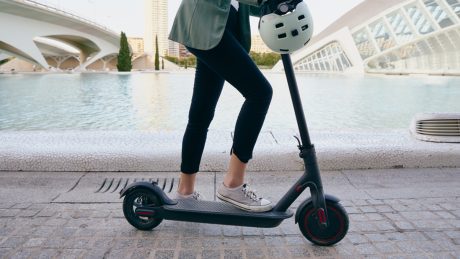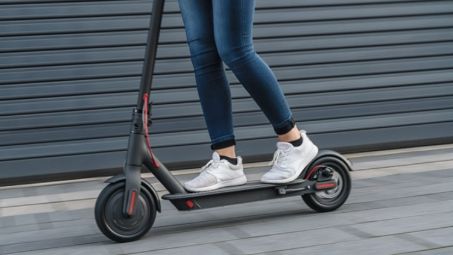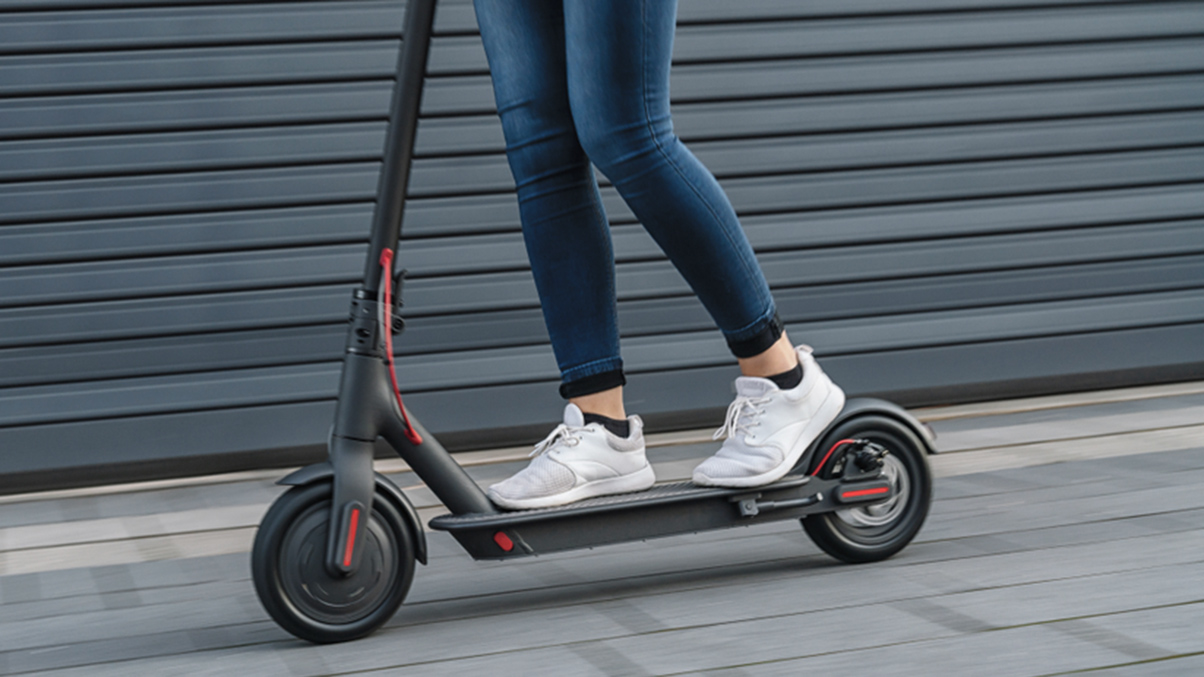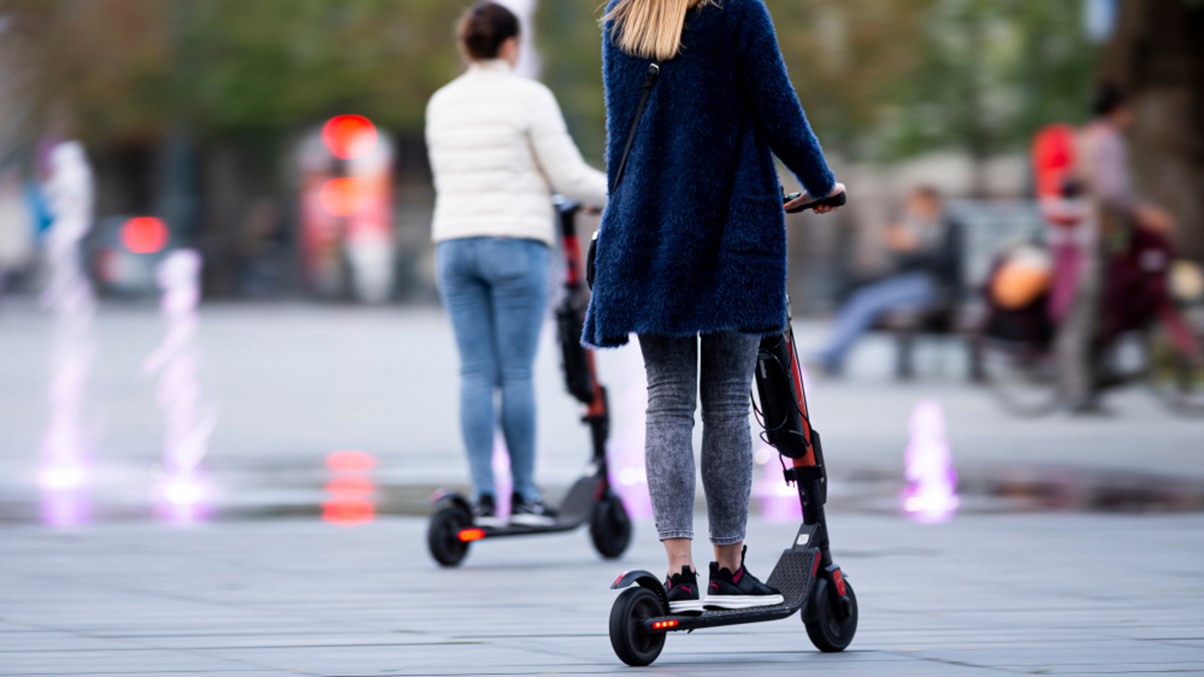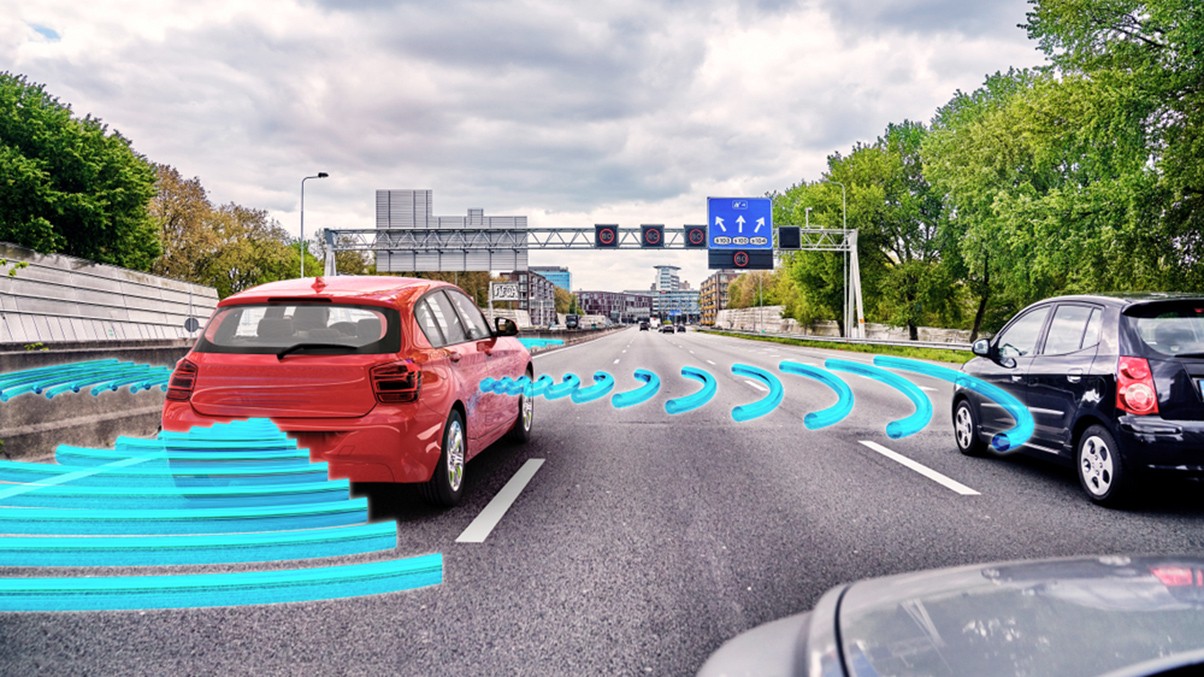Recent research suggests that electric scooters are likely to be involved in up to 200,000 accidents this year as more than a million people become novice riders. The sheer scale of the use of the motorised scooters, against a backdrop of limited trials and restricted legal use, suggests a need for swift legislative action so that the law can catch up with the reality on UK roads.
Lucie Clinch and Sarah Prager, a barrister at 1 Chancery Lane, examine the challenges and dangers around the increased use of e-scooters in the UK.
Limited legality
The use of e-scooters on public roads is currently illegal in the UK, although you wouldn’t know it if you live in one of the 31 trial areas. Anyone found using one outside of the trials is liable to a fine, points on their driving licence and could have the vehicle seized. When the Metropolitan Police conducted a crackdown on their use in mid- June 2021, 507 illegally used e-scooters were seized in one week. This suggests there is a significant (but unknown) number of such vehicles on the roads.
In London, TIER, Lime and Dott operate the e-scooter trials. It is legal to use an e-scooter rented from one of these three companies in one of the trial areas, but only if the rider is over 18 and has a provisional or full driving licence.
In addition, the rider must have passed an online safety test. Under the trials, the rider is also insured against third-party liability, providing other road users with some reassurance in the event of an accident.
In contrast, privately-owned e-scooters require nothing of the sort and are limited to legal use only on private land. While all rental e-scooters are speed limited to 12.5mph, privately owned scooters can travel up to 15.5mph.
Potential for harm
It is confusing that the sale of e-scooters is legal, but their use on public roads is not. Quite apart from the fact that the sale of e-scooters appears to be turning many otherwise law-abiding people into criminals, it is clear that their use is a potential source of serious harm.
Some of the projected 200,000 accidents are likely to cause life-changing injuries or death; indeed, injuries already sustained by riders and pedestrians have been well-publicised both within the UK and abroad. According to a recent study by dash-cam company Nextbase, e-scooter riders are 16 times more likely to be injured in a collision than car passengers. This is unsurprising given that they are entirely unprotected and often do not wear protective headgear or clothing. The government recommends that helmets are worn, but they are not required by law.
A study commissioned by Transport for London (TfL) indicates that riding an e-scooter could be 100 times more dangerous than riding a bicycle, and that riders require medical treatment for injuries sustained in accidents on average every 3.1 years of use.
Traumatic head injuries and fractures to the jaw, wrists and ankles are not uncommon, and there have been fatalities of riders and unfortunate pedestrians. Small children seem to be especially vulnerable to injury as passers-by, particularly if an e-scooter is being ridden in a public space where a child may not be able to anticipate or move quickly out of the way of the speeding vehicle. In one tragic incident in Newham in July, a three- year-old girl was struck by an e-scooter ridden by a man who stopped to apologise before riding away in ignorance that she had sustained life-changing injuries.
There is likely no way of tracing him and so no way of compensating the child or her family for any future needs she may have, for example, care or treatment costs. In a scoping review published in the British Medical Journal (BMJ) in 2021, a review of literature published between 2010 and 2020 was undertaken. The authors said: ‘Findings suggest that the head, upper extremities and lower extremities are particularly vulnerable in electric scooter falls or collisions, while injuries to the chest and abdomen are less common. Injury severity was inconsistently reported, but most reported injuries were minor. Low rates of helmet use among electric scooter users were noted in several studies.’
In the emergency departments of some hospitals, the number of injuries associated with e-scooters is now comparable to that of cycling injuries. This is against a backdrop of what is believed to be the limited release and use of e-scooters. Any increase in usage will no doubt bring more accidents and more injuries.
Calls for a moratorium
The Police and Crime Commissioner for Kent, Matthew Scott, has called on the Secretary of State for Transport, Grant Schapps, to halt the trials currently being conducted in urban areas. He warned that the police are ‘in danger of losing control’ of the use of public roads, so great is the number of people using e-scooters illegally.
Other road user groups have echoed the call for a moratorium on the trials, most notably those representing blind and partially sighted pedestrians who are particularly vulnerable to poor road use and haphazard parking of e-scooters.
TIER says that to ‘further enhance the protection of vulnerable road users, we have committed to introducing a sound alert on our scooters to warn blind and partially sighted people of a scooter’s approach’. This is expected sometime this year, but begs the question as to why e-scooters were not fitted with such measures prior to release.
Further promises revolve around parking apps and response apps for riders involved in incidents. The technological advances for trial scooters within the next year might offer reassurance to some, but are unlikely to go far enough to encourage public confidence. There remain plenty of illegally ridden e-scooters in our towns and cities that do not have access to this kind of technology.
Benefits of e-scooter use
Calls for a halt in the use of e-scooters seem to have gone unheeded to date. Given their widespread use both in the UK and internationally, it would seem unrealistic to suggest that the genie can now be parked safely back in the bottle. There are so many legally purchased vehicles in circulation that it would seem impossible in the long term to prevent them from being used.
Supporters point out that they are an environmentally friendly form of transportation, which takes the pressure off the road system (albeit some have concerns that the method of manufacture and likely lifetime of e-scooters raise questions about their green credentials). In addition, in a post-pandemic era, they enable people to travel alone rather than take public transport.
Both the government and TfL support e-scooters to help drive down the use of cars and promote a more sustainable transport system. This, plus the fact younger riders regard them as an affordable alternative to cars, means they are set to become a feature of our roads for some time to come. With this in mind, how should the concerns of the police and road user groups be assuaged?
Proposals for change
The BMJ study concluded that in the light of the significant number of head and facial injuries experienced by riders, the mandatory use of helmets would reduce the risk of injury and the severity of injuries that occur. Given what we know about cyclists’ use of cycle helmets, this would appear to be something of a ‘no-brainer’. Put simply, there is no compelling reason why head protection should not be worn by riders who would reduce their risk of significant injury by doing so.
The study also suggested the confinement of riders to cycle lanes, where available, in the light of the comparable speeds of the two forms of transport. The authors of the study suggested riders would be safer if they shared road space with vehicles travelling at a similar speed. This recommendation is linked to the theory that some of the accidents involving e-scooters occur as a result of their superior manoeuvrability. This leads riders to weave in and out of traffic in a way that leaves them vulnerable to the movement of larger, more ponderous and less fragile road users.
Experienced cyclists may prefer not to have e-scooters in their lane, particularly if they are speed limited, as they then present a risk to cyclists moving at speed within the lane to avoid hazardous, slow- moving traffic.
Only riders with a full driving licence should be able to use e-scooters on public roads. This would promote their use only by riders who have an awareness of how cars and other larger road users work, most crucially, the fact that drivers have blind spots.
Both motorists and cyclists are likely to welcome new legislation governing the use of e-scooters on UK roads.
This would protect riders; but what about passers-by, vulnerable road users and pedestrians? The clear extension of the criminal law relating to careless and dangerous driving will assist in terms of accident prevention. So too will greater education about the responsible use of e-scooters and the potential consequences of irresponsible riding and parking.
The compulsory registration of e-scooters would enable a rider to be traced in the event of an accident caused by them, although it is difficult to see how a registration number could be obtained if a rider does not stop after a collision. We suggest that all purchases of e-scooters should carry compulsory electronic registration, akin to registering a motor vehicle and owner with the Driver and Vehicle Licensing Agency (DVLA). As a minimum, these vehicles could be insured via a simple add-on to home or contents insurance.
Compulsory insurance would provide an innocent party with meaningful redress in the event of serious injury. It may be that the simplest way of achieving justice in this context would be for e-scooters to be treated as if they were cars, with compulsory insurance underwritten by the Motor Insurers’ Bureau (MIB) and funded by taxation of the vehicles.
It is no secret that the Road Traffic Act 1998 (RTA 1988) has long since struggled to keep up to date with the use of our roads in 2021. However, it should not be ignored that e-scooters and other micro-mobility vehicles could feasibly reach speeds over 30mph, whether limited by an engine or not. If change is not on the horizon in respect of the out-of-date RTA 1988, it is crucial that the MIB covers claims where uninsured or untraced e-scooter riders cause injury or damage. If the trial e-scooters can be considered as ‘motor vehicles’ for insurance purposes, all e-scooters should be brought into the same regime.
Conclusion
Certainly, e-scooters are here to stay, and their supporters would regard their wider roll-out as a positive development in environmentally friendly transportation. Even their most ardent fans, however, would concede that the experience of the last few years has shown that the existing legislative framework for mixed road use does not adequately deal with the risk they pose to riders and other road users.
While public confidence in these vehicles remains low, we can only hope the government makes the necessary legislative changes sooner rather than later. Ideally, this will happen before many more riders, fellow road users and passers-by suffer life- changing injuries.
This article appeared in the New Law Journal
You can find further information regarding our expertise, experience and team on our Personal Injury pages.
If you require assistance from our team, please contact us or alternatively request a call back from one of our lawyers by submitting this form.
Subscribe – In order to receive our news straight to your inbox, subscribe here. Our newsletters are sent no more than once a month.

